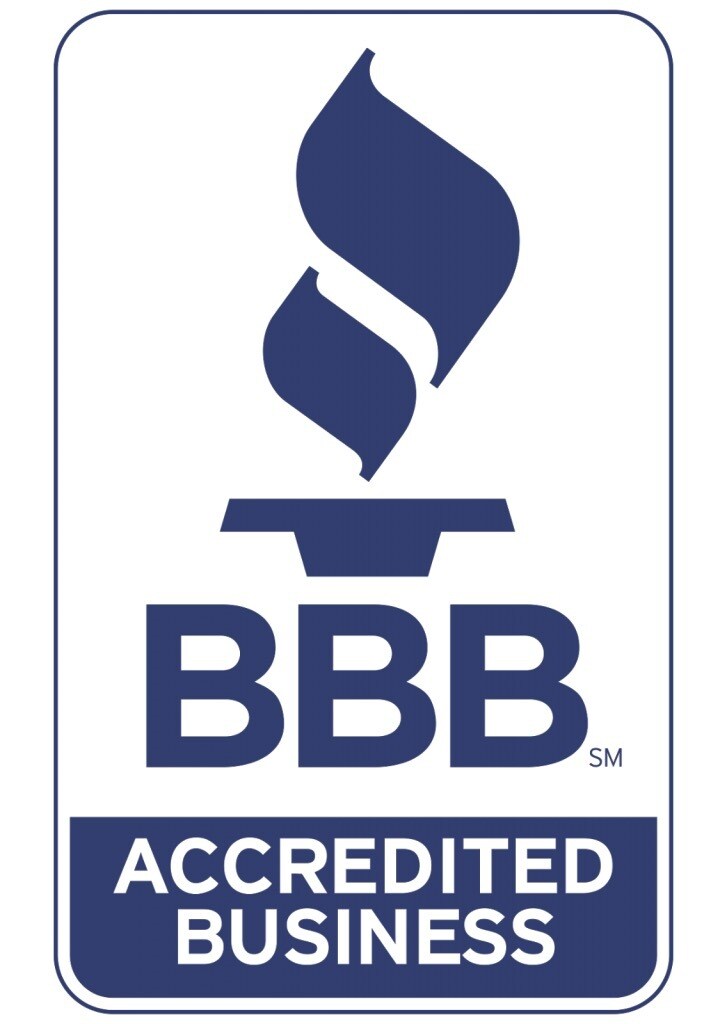Easy DIY Pest Repellants
Professional pest control companies do a lot of things that the average person doesn’t have the tools or experience to take care of. They can get rid of a bed bug infestation, fumigate a house, and inspect properties for signs of hidden pest problems. However, in between visits from your pest professional, there are some things that you can do on your own to keep your home a more pest free area. Here are some of our best tips for home, DIY pest control.
Using Essential Oils to Repel Pests
Essential oils have a lot of great uses. You can use them to make great bath supplies that can be given out as homemade gifts. They can be used for aromatherapy or sleep assistance. They can even be used to make your own fragrances or air fresheners. Did you know that some essential oils can actually be used to repel insects? Find out which oils help ward off the pests you often deal with, dip a cotton ball in the oil, and place the cotton in the areas where you often see the bugs. Here is a list of common household pests and the essential oils that repel them.
Ants: Spearmint, Peppermint oil
Beetles: Peppermint, Thyme
Chiggers: Lemongrass, Lavender, Thyme, Sage
Fleas: Spearmint, Peppermint, Lemongrass, Lavender
Flies: Rosemary, Sage, Peppermint, Lavender, Eucalyptus
Gnats: Patchouli, Spearmint
Mosquitoes: Lemongrass, Citronella, Lavender
Moths: Hyssop, Cedarwood, Peppermint, Spearmint, Citronella
Roaches: Peppermint, Citronella
Spiders: Peppermint, Spearmint
Ticks: Lemongrass, Sage, Thyme, Lavender
Plant Pest Repellent Plants
There are also certain plants that keep bugs away. These plants can add a new element to your yard, visually speaking, and serve a pest control purpose at the same time. Here is a list of a few bug repelling plants for common pest issues:
Plants that repel mosquitoes – lavender, mint, basil, rosemary, lemon balm, lemon grass, nepeta, mugwort, marigolds, ageratum, oregano, bee balm, cedar tree;
Plants that repel flies – lavender, basil, rosemary, bay leaves, mugwort;
Plants that repel moths – lavender, mugwort;
Plants that vegetable bugs – rosemary, chives, fennel, parsley, marigolds, lemon thyme, dill, chrysanthemums, nasturtiums, petunias, alliums;
Household Items
For many people, the idea of leaving bug repelling chemicals around is unappealing. Even if you live alone, you might not want open chemicals filling the air in your kitchen, living room or bedroom. Luckily, there are some household items that can be used as repellents, that are less harmful to the air in your home. Try using some of these items to keep bugs away:
Vinegar: General pest deterrent
Catnip: natural cockroach deterrent.
Salt: Kills fleas and flea eggs. Sprinkle finely ground salt onto the carpet, letting it sit for a day and vacuum it up. The salt will dehydrate the fleas.
Citrus peels: Repels spiders. Mix water with lemon or lime juice and spray around doors and windows.
Cornmeal: Kills off ants after they carry it back to their colony.
Petroleum Jelly: Can be used to create a barrier that pests tend not to cross.
Chalk: Can be used to create a barrier that pests tend not to cross.
Cinnamon: Can be used to create a barrier that pests tend not to cross.
Cayenne pepper: Can be used to create a barrier that pests tend not to cross.
Mint: Repels ants, flies, mosquitoes and mice.


.webp)



